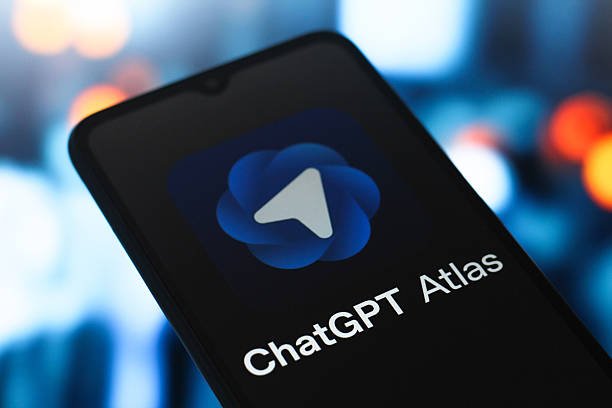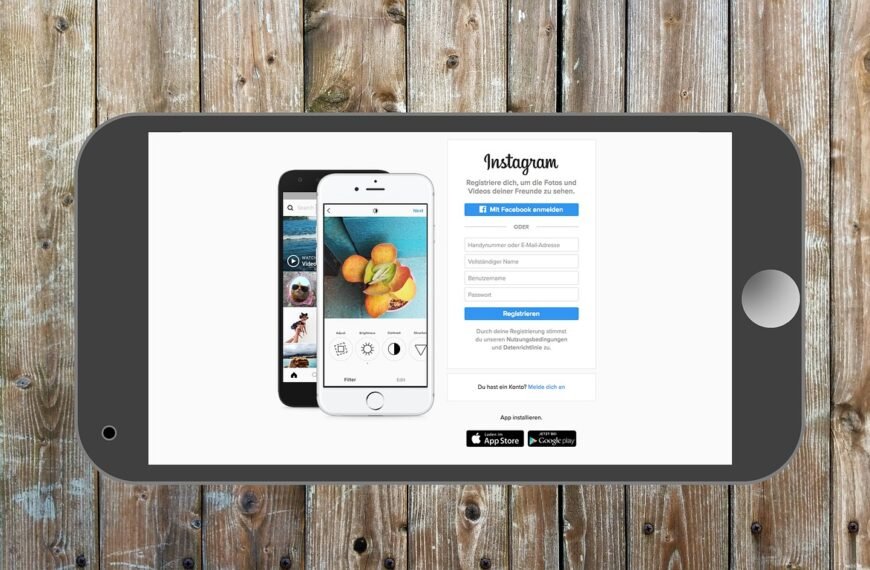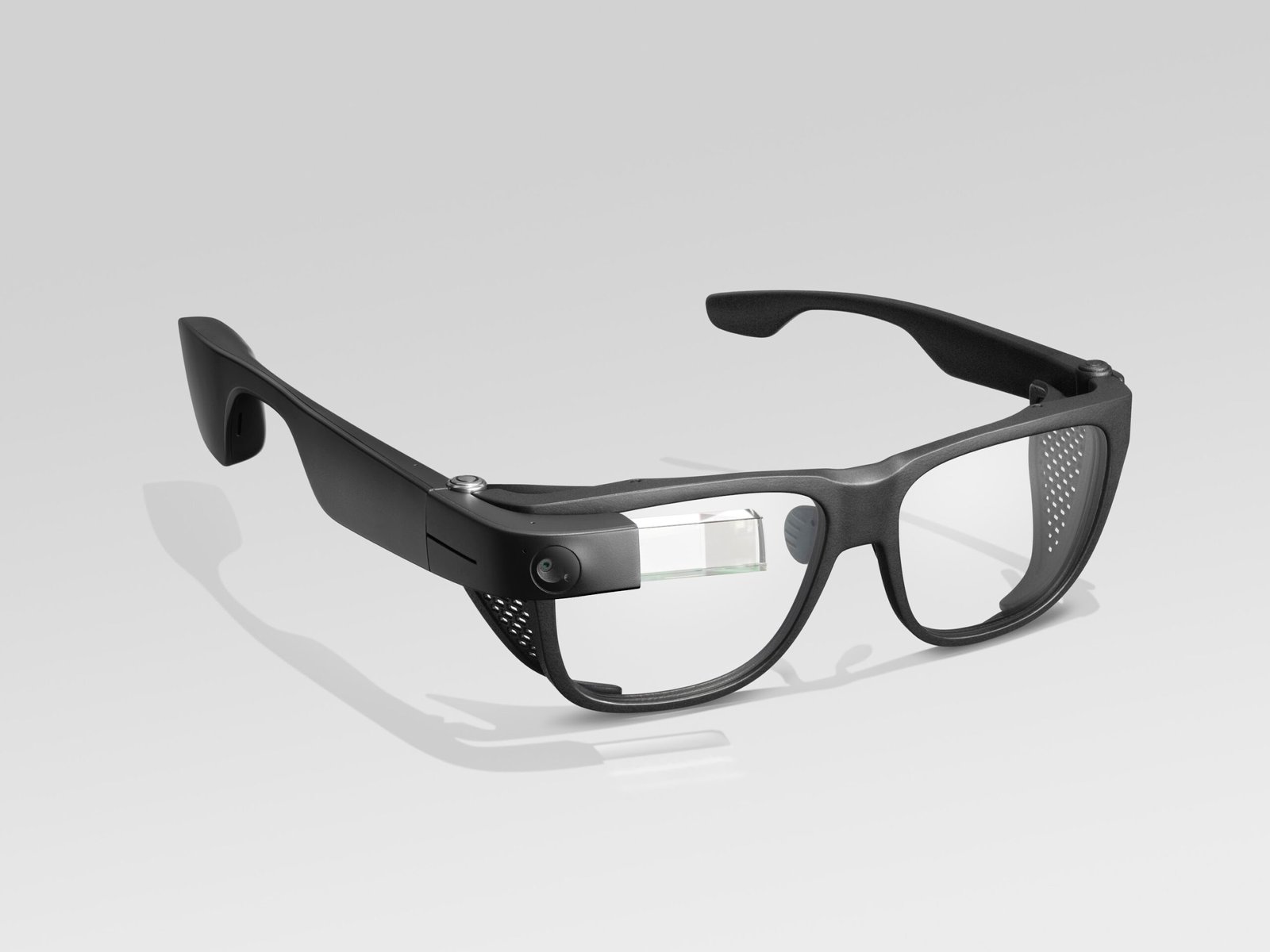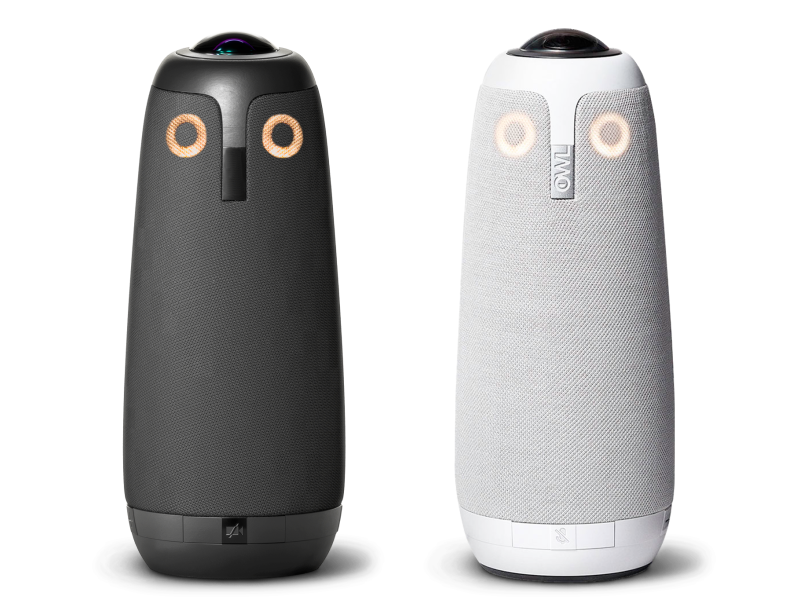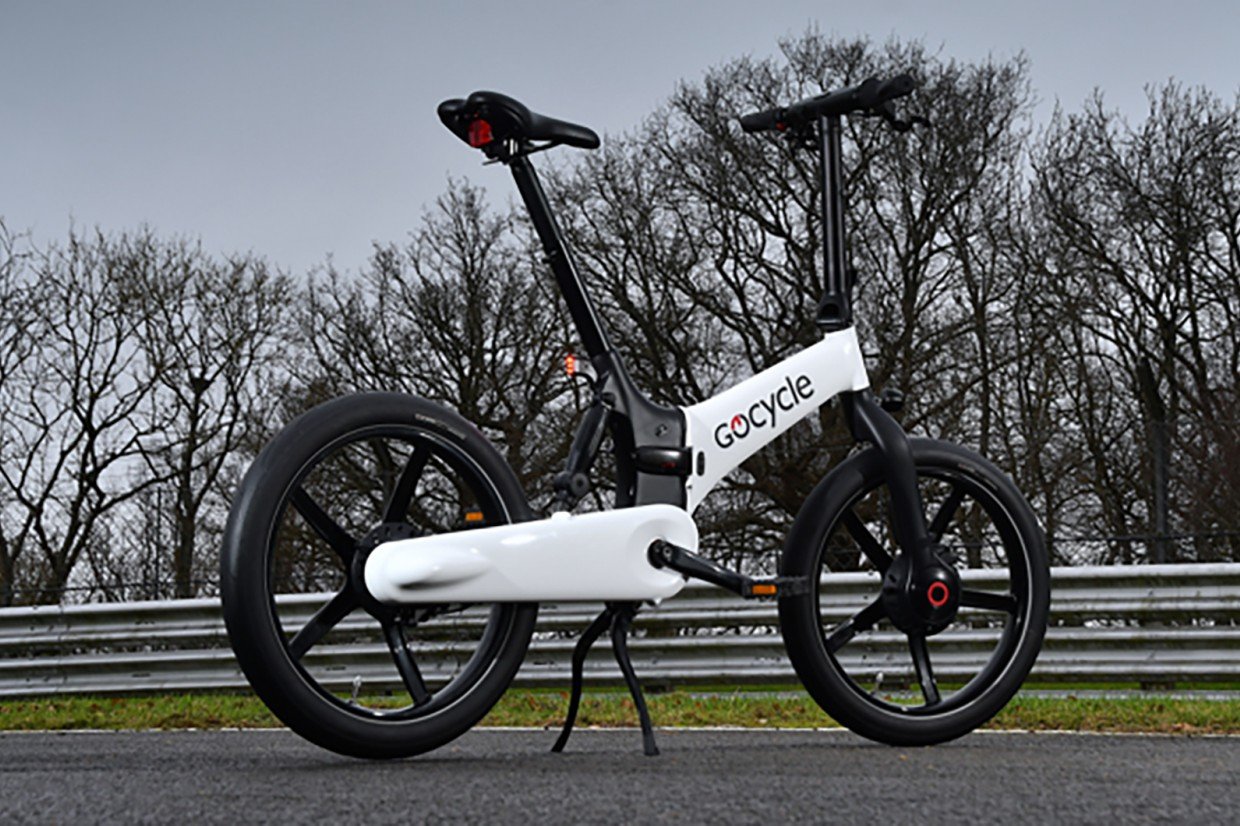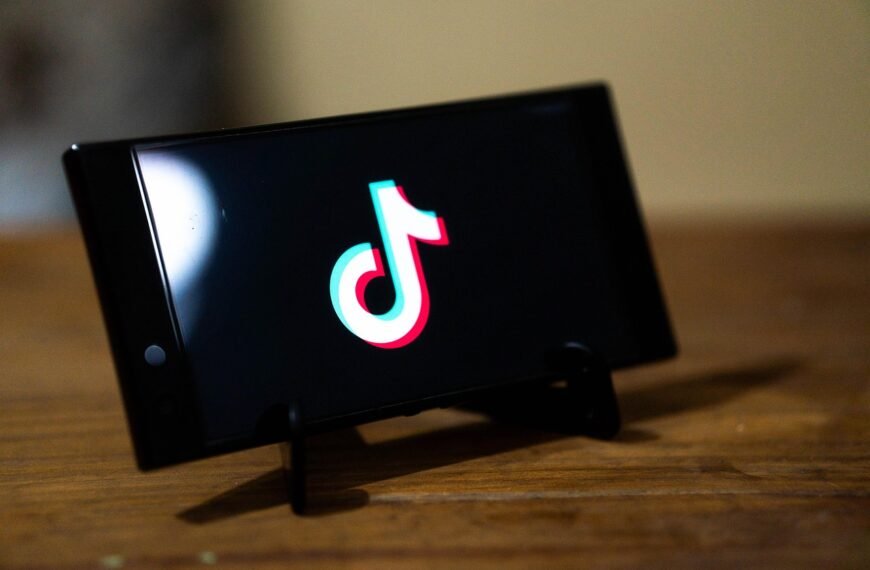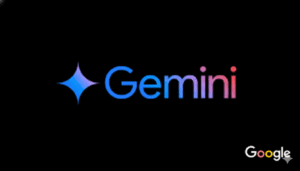OpenAI just launched a new web browser called ChatGPT Atlas, and it’s completely different from anything you’ve used before. Instead of typing search terms, you talk to a chatbot to navigate the internet. The company promises this will be your “super-assistant” for the web, but there’s one big catch: most of its best features require a paid subscription. After testing the new browser, here’s what you need to know before deciding whether it’s worth the investment.
How ChatGPT Atlas Works
Unlike Google Chrome or Safari, ChatGPT Atlas centers around a sidebar chatbot that helps you browse. You can ask it to find train tickets, compare prices, or even locate articles you read days ago. During testing, the browser quickly searched through browsing history to find a previously visited Wired article and opened it in seconds. However, when asked to actually book a train ticket, it revealed this feature is only available for paying customers.
The Payment Problem
The most significant limitation users will encounter is the subscription wall. Free users quickly hit message limits and receive notices about upgrading to access better features. Currently, only about 5% of ChatGPT users pay for a subscription, according to industry reports. This creates a challenge for OpenAI: can they convince enough people to pay for a browser when we’re all accustomed to free options like Chrome and Safari?
Why OpenAI Needs Your Money
OpenAI has received billions in investment and now needs to show it can generate revenue. While advertising is an option, too many ads could ruin the user experience. The subscription model represents a cleaner approach, but it requires changing user behavior dramatically. The company is betting that the convenience of an AI-powered browser will be valuable enough that people will open their wallets.
The Data Question
There’s another important consideration: your data. ChatGPT Atlas can learn from how you browse the internet—how you book tickets, shop online, or research topics. This data helps improve the AI, but it also raises privacy concerns. As one industry analyst noted, for users who value anonymity, the browser might represent too much risk.
Can It Really Compete With Google?
Google Chrome dominates the browser market with roughly 60% of users. While some initially called ChatGPT a “Google killer,” that hasn’t happened yet. Google has integrated its own AI, Gemini, into search, while Microsoft has added Copilot to its Edge browser. The key difference is that ChatGPT aims to eliminate the middleman—instead of showing you search results, it tries to give you direct answers and actions.
The Verdict: Potential With Limitations
ChatGPT Atlas shows genuine potential to change how we use the internet. The ability to navigate through conversation rather than typing and clicking represents a significant shift. However, the experience is currently hampered by subscription walls and occasional errors where the AI misunderstands basic commands. For now, it’s an intriguing glimpse into the future of web browsing—but one that comes with a price tag many might not be ready to pay.

